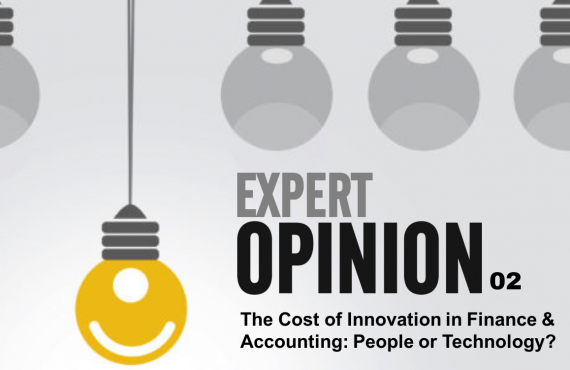The vast majority of business leaders now know that to achieve truly sustainable growth, they need to double-down on digital transformation. But a recent report by Forrester, on behalf of Microsoft, shows that digital transformation is not enough on its own.
“Enterprises that fail to build out a full digital transformation strategy miss out on the big picture,” the report states. “ Those pursuing a limited digital transformation strategy tend to focus on smaller, more tactical initiatives seeing digital as a project. Meanwhile, those that embrace the full possibilities of digital transformation to reinvent their companies understand digital is more comprehensive and they focus on shifting the entire business culture.”
The Forrester study, conducted earlier in 2017, divided respondents into “transformers” (the best) and “bolt-ons” (the strugglers); it found 30% of bolt-ons cite a lack of agility in technology infrastructure and operations, with 27% having differing uses of data across departments.
Certainly, I have seen time and again companies that adopt better analytics technology to drive better understanding of the business and therefore better growth prospects, and yet don’t align that technology across all departments and teams. Those siloed teams often end up competing for the same slice of the pie, or using technology that doesn’t integrate well with other technology in the business; this, of course, can cause silos to build upon silos, until things spiral out of control.
What we have found over our 20 years of working in self-service analytics technology is that democratising data can help to overcome those silos, and that in turn results in better business.
Silos prevent businesses from harnessing insights across the enterprise. Forrester says decision makers agree that connecting employees across departments with real-time communication (89%), democratising access to data (83%) and intelligence (81%), and connecting both customer-facing (87%) and employee-facing (84%) technologies together on a single platform can effectively help decision makers overcome the silos that impeded a successful technology integration.
Instead of buying in yet another off-the-shelf platform that is meant to deliver insights – but that comes with support costs and ongoing training needs – why not utilise additions to already-familiar systems such as the Microsoft suite and Excel to minimise disruption while democratising access to data?
I’ve said it before: a reporting solution for advanced analytics alone quite simply cannot realise the true benefits of business intelligence for your organisation. In order to harness the full potential of BI, you first need to ensure your approach is more of a methodological process. Once this is established, only then should you be adopting the technology (i.e. a BI solution) as a means of helping to define, track, and take action on your performance goals.
Involve users in developing the process, and the BI solution you then choose will be more fit for purpose across the company than if one team decides to buy a certain system that is then thrust upon everyone.
Why invest in fancy new software when you can add to the MS suite everyone already uses? EiB Analytics can provide a one-stop solution, delivering much more with fewer resources. Download our guide to self-service analytics and discover more.









